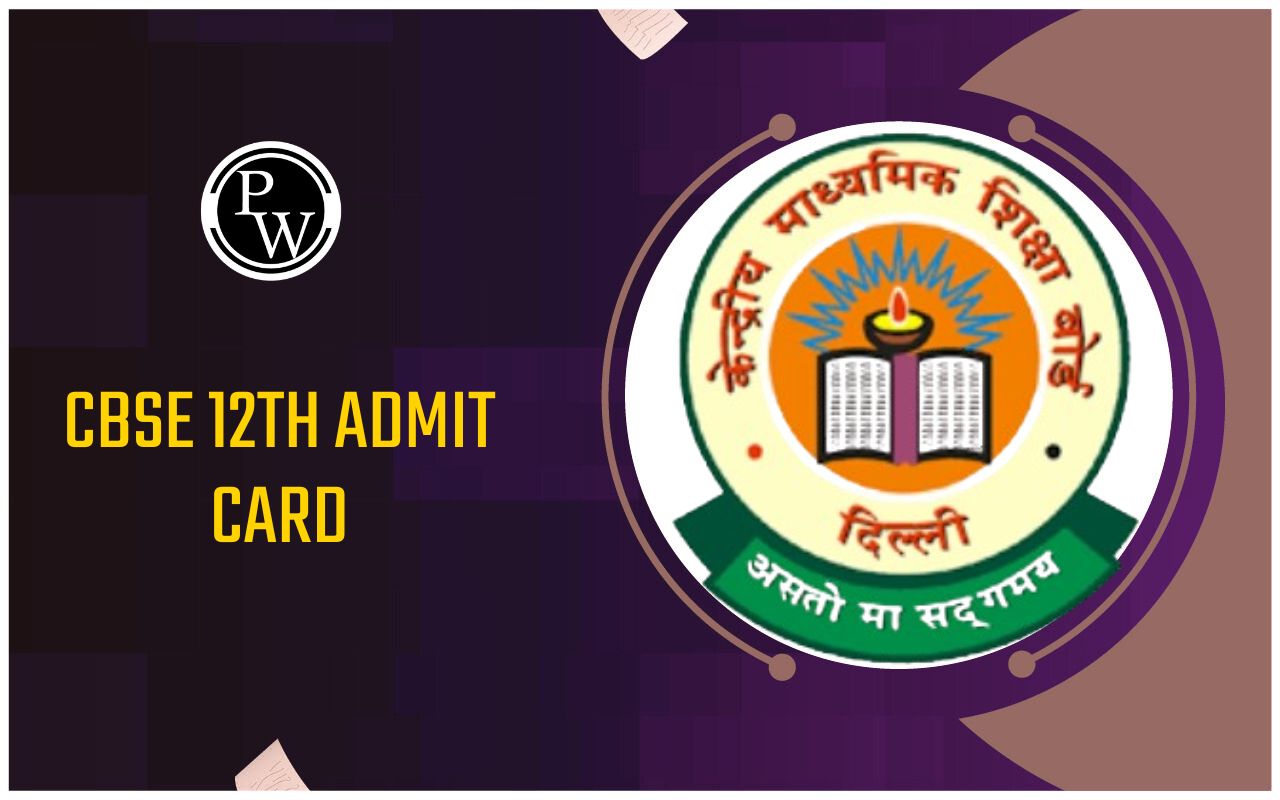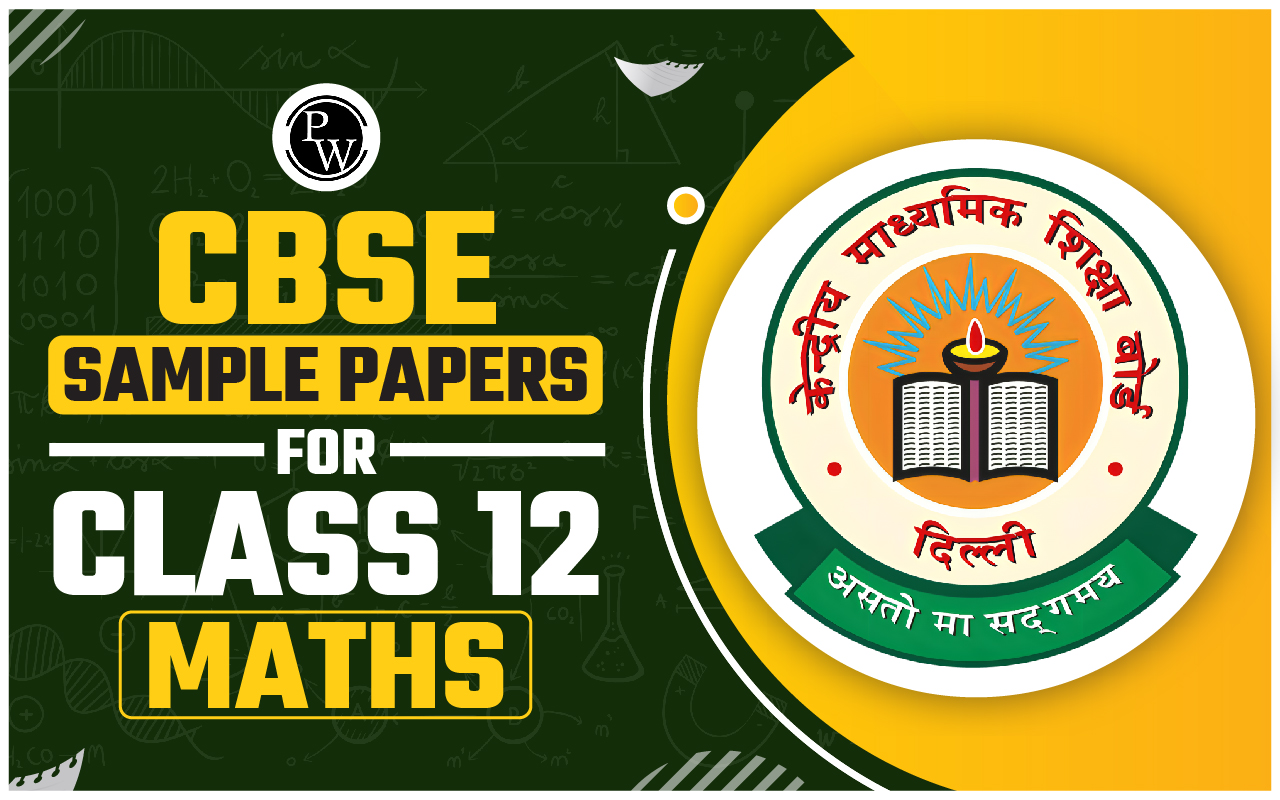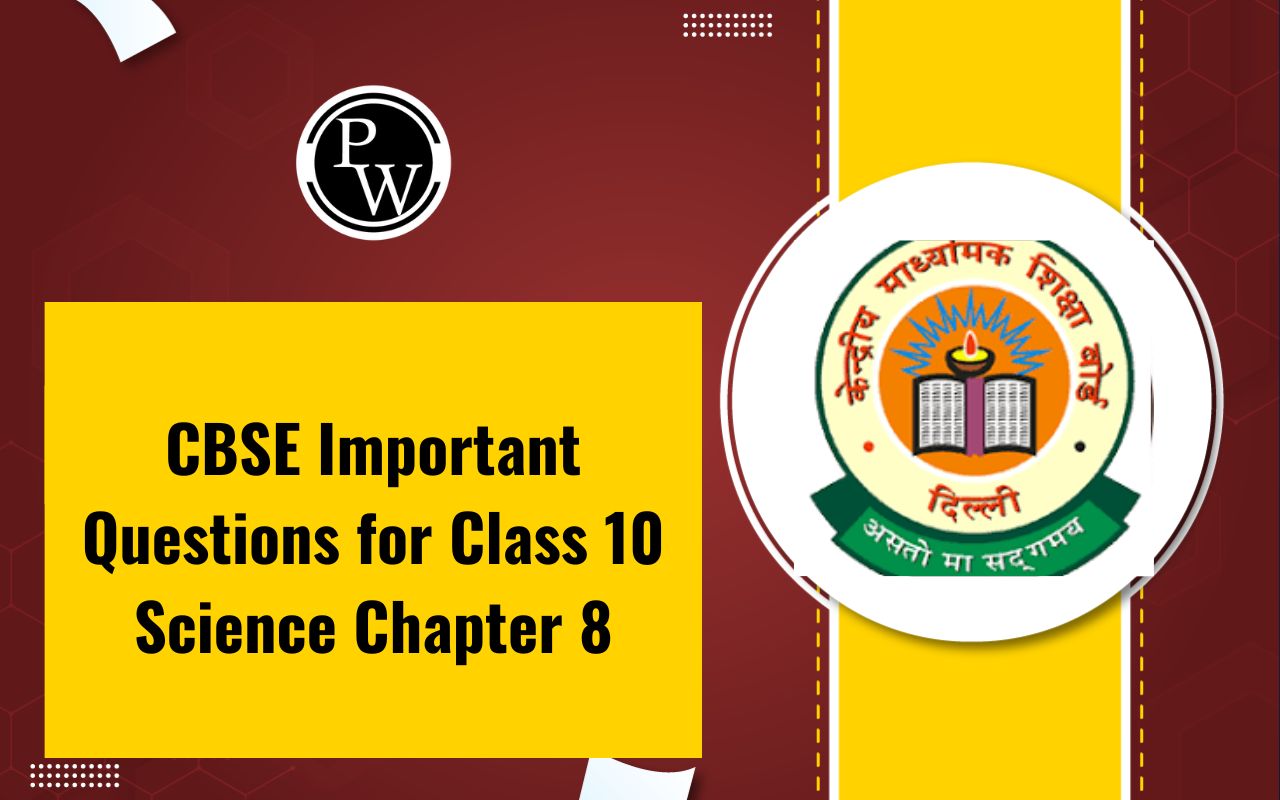
If you want to know about hormones, then, you are at the right place.
In this article, you will learn interesting facts about hormones and their functions. You will learn about the synthesis and release of hormones. We will start by briefly defining the term hormones, their role, and the different parts that release hormones. The purpose of this article is to provide a brief overview of hormones and their release. If you do not have time to read all the information, then I would suggest reading the introduction and frequently asked questions.Introduction
The chemical messengers of the body are hormones that are secreted directly into the bloodstream. These hormones travel through the blood and reach the target organs to act upon. The body has special glands that synthesize and produce these hormones essential for the body's functions. Endocrine glands are the specialized glands that synthesize hormones to function in certain parts of the body. The hypothalamus of the brain is majorly involved in secreting hormones as it has neurosecretory cells which secrete neurohormones. This causes the anterior lobe of the pituitary to secrete some additional hormones. They also act as regulators more than acting as messengers. Any change in hormonal level can cause specific changes in the body. Thus, they are needed in their adequate amount. It is a biological compound synthesized by multicellular organisms for organizing, coordinating, and controlling the functions of their cells and tissues.Hormones and Cell Signaling
Hormones are commonly called chemical messengers because they perform the role of messengers but they also act as regulators. They are the signaling molecules that endocrine glands produce and then secrete into the bloodstream for exhibiting their action on target cells or organs. Hormones are vital for the body to regulate many physiological processes such as growth and development, metabolism, reproduction, and the response to stress. The process of cell signaling is the one through which cells communicate and interact with each other for coordinating the processes and responding to certain changes occurring in the body. The basic component for cell signaling is hormones since they transfer information from one cell to another. Hormones can be released in the body in various ways. These are-Autocrine:
In this method the cell targets itself. The hormone secreted by the cells is acted upon by the same cell using chemical messengers.Paracrine:
In this method the cell targets nearby cells. The hormone released by a cell is acted into nearby cells instead of the bloodstream.Endocrine:
In this method, the cell travels the bloodstream to target distant cells. Hormones released from their glands into the bloodstream act on the target cells far away.Characteristics and Functions of Hormones
The characteristics of hormones are as follows:
- They have a low molecular weight
- They are small soluble molecules
- They can readily diffuse and oxidize but their effect isn’t constant
- They can work effectively even in low concentrations
- They can travel within the bloodstream
- They act upon a target site, mostly different from where they are produced.
- They are non-specific for organisms and the body process of other individuals might get influenced by them.
The functions of hormones are as follows:
- They are regulatory in function
- They have a role in homeostasis like maintaining blood pressure, blood sugar, and electrolytic balance.
- They maintain a level of internal cell consistency
- They help in moving substances in and out of the cell
- They help keep a balance amidst two systems
- They help in the growth and development of the fetus
- They control various body processes like metabolism , mood, and the sleep-wake cycle.
- They also help in the reproduction process and sexual functions.
Synthesis of Hormones from Glands
Majorly the endocrine system has specialized organs that synthesize and release the hormones in the body. The organs producing hormones are termed glands. Hormones are produced and quickly released into the bloodstream by endocrine glands to reach their target sites. The glands of the endocrine system and the hormones released by them are as follows:Hypothalamus
It is a small portion of the brain connected to the pituitary gland via a pituitary stalk. It releases several hormones controlling the pituitary. The hormones produced are:- Corticotropin-releasing hormone.
- Dopamine
- Gonadotropin-releasing hormone.
- Growth hormone-releasing hormone.
- Oxytocin (but is stored and released by the pituitary)
- Somatostatin
- Thyrotropin-releasing hormone.
Pituitary gland
It is a pea-sized gland in the bottom portion of the brain, behind the nose, and present below the hypothalamus. It has a posterior lobe and an anterior lobe. The hormones from the anterior pituitary are:- ACTh or Corticotropin.
- Follicle Stimulating Hormone (FSH)
- Growth hormone (GH).
- Luteinizing Hormone (LH)
- Prolactin
- Thyroid-stimulating hormone (TSH).
- Antidiuretic hormone (ADH, or vasopressin).
- Oxytocin.
Pineal gland
It is a small gland in the brain present beneath the back part of the corpus callosum. The hormone melatonin is released from this gland that assists in controlling the sleep-wake cycle.Thyroid gland
It is a small, butterfly-shaped gland present in the frontal area of the neck. It is involved in metabolic functioning regulating its rate. It releases the following hormones:- Thyroxine (T4).
- Triiodothyronine (T3).
- Reverse triiodothyronine (RT3).
- Calcitonin.
Parathyroid glands
These are four pea-sized small glands present behind the thyroid gland. Sometimes, they are present along with the esophagus or in the chest and then they are called ectopic parathyroid glands. It releases a parathyroid hormone (PTH) regulating the calcium balance of the body.Adrenal glands
These are small, triangle-shaped glands present above the kidneys. It produces the following hormones:- Cortisol
- Aldosterone.
- DHEA and androgens.
- Adrenaline (epinephrine).
- Noradrenaline (norepinephrine).
Pancreas
It is present in the back side of the abdomen . It has special cells called islets of Langerhans which produce insulin, and glucagon hormones.Glyolysis and Glycolytic Pathway
Ovaries
A pair of ovaries present in the female reproductive system is located on both sides of the uterus. It produces the hormones called:- Estrogen
- Progesterone.
- Testosterone.
Testes
Males have a pair of testes hanging in a pouch outside the body. Testes are responsible for producing sperm and the hormone testosterone for its production.Adipose Tissue (fat tissue)
The fat tissues present in the body around the skin and organs produce the following hormones:- Leptin.
- Adiponectin.
- Plasminogen activator inhibitor-1.
- Estrogen.
- Angiotensin.
Kidneys
The two bean-shaped organs in the abdomen for filtering the blood are a part of the urinary system of the body. They release the following hormones:- Erythropoietin.
- Renin.
Genetically Modified Organisms Ethical Issues
Liver
It is a vital organ for the body and is a part of the digestive system. It releases hormones such as- Insulin-like growth factor 1 (IGF-1).
- Angiotensinogen.
GI Tract (gastrointestinal tract)
The gut or GI tract is a long tube from the mouth to the anus. It releases certain hormones like:- Ghrelin.
- Somatostatin.
- Glucagon-like peptide-1
Placenta
It is developed only during pregnancy for providing nutrients and oxygen to the growing fetus. It releases estrogen and progesterone essential for maintaining pregnancy.Types of Hormones
The different types of hormones released in the body are as follows:Peptide Hormones
These are the hormones involving peptide components. Peptide hormones have short amino acid chains . These peptide hormones affect the endocrine system of all animals and also humans. They are hydrophilic and lipophobic (fat-hating) hormones and are unable to pass the cell membrane since the membrane is composed of the phospholipid bilayer. Secondary messengers help them to act on target cells. They bind to receptors on the surface of the cell and this complex activates a series of intracellular molecules called second messengers initiating cell activity. This process is called signal transduction, Examples of second messengers involve calcium ions (Ca2+), nitric oxide (NO), and protein kinases. Insulin is an example of a peptide hormone.Steroid Hormones
They are fat-soluble hormones or fat loving and hence they can pass throughout the cell membrane made of the phospholipid bilayer. Steroid word indicates both bodily hormones and synthetic drugs which mimic the effect of natural steroids. These hormones regulate various activities of the body like developing secondary sexual characteristics, body’s metabolism, immune responses, electrolytic balance, and sickness. The examples involve hormones released from gonads like progesterone, estrogen, testosterone, etc.Amine Hormones
These are derivatives of the amino acid tryptophan or tyrosine. These consist of adrenaline, thyroxin, and triiodothyronine. These are quite unique and do not share identical properties. These hormones are found to have characteristics mutual to both peptide and steroid hormones.Q1- Which hormones are collectively called thyroid hormones?
Ans- T3 and T4 hormones are collectively termed thyroid hormones.
Q2- Name the three types of hormones.
Ans- The three types of hormones are peptide hormones, steroid hormones, and amine hormones.
Q3- What are adrenal glands and which hormones do they produce?
Ans- Adrenal glands are the triangular-shaped glands present above each kidney. It is a small gland producing hormones like cortisol, aldosterone, adrenaline, noradrenaline, and androgens.
Q4- Give any three functions of Hormones.
Ans- Hormones help in regulating the metabolism of the body. They are also involved in sexual and reproductive functions. Hormones also regulate the growth development and moods of a person.
🔥 Trending Blogs
Talk to a counsellorHave doubts? Our support team will be happy to assist you!

Free Learning Resources
PW Books
Notes (Class 10-12)
PW Study Materials
Notes (Class 6-9)
Ncert Solutions
Govt Exams
Class 6th to 12th Online Courses
Govt Job Exams Courses
UPSC Coaching
Defence Exam Coaching
Gate Exam Coaching
Other Exams
Know about Physics Wallah
Physics Wallah is an Indian edtech platform that provides accessible & comprehensive learning experiences to students from Class 6th to postgraduate level. We also provide extensive NCERT solutions, sample paper, NEET, JEE Mains, BITSAT previous year papers & more such resources to students. Physics Wallah also caters to over 3.5 million registered students and over 78 lakh+ Youtube subscribers with 4.8 rating on its app.
We Stand Out because
We provide students with intensive courses with India’s qualified & experienced faculties & mentors. PW strives to make the learning experience comprehensive and accessible for students of all sections of society. We believe in empowering every single student who couldn't dream of a good career in engineering and medical field earlier.
Our Key Focus Areas
Physics Wallah's main focus is to make the learning experience as economical as possible for all students. With our affordable courses like Lakshya, Udaan and Arjuna and many others, we have been able to provide a platform for lakhs of aspirants. From providing Chemistry, Maths, Physics formula to giving e-books of eminent authors like RD Sharma, RS Aggarwal and Lakhmir Singh, PW focuses on every single student's need for preparation.
What Makes Us Different
Physics Wallah strives to develop a comprehensive pedagogical structure for students, where they get a state-of-the-art learning experience with study material and resources. Apart from catering students preparing for JEE Mains and NEET, PW also provides study material for each state board like Uttar Pradesh, Bihar, and others
Copyright © 2025 Physicswallah Limited All rights reserved.
Get App









